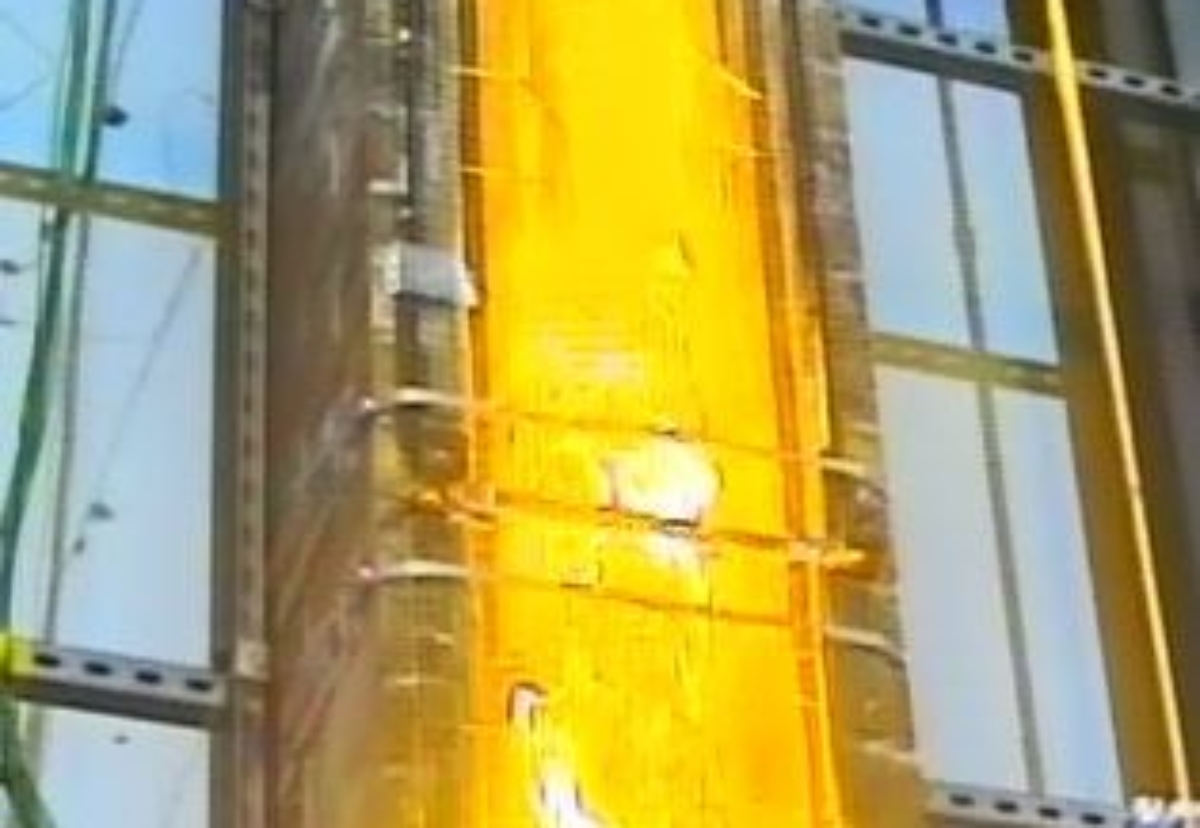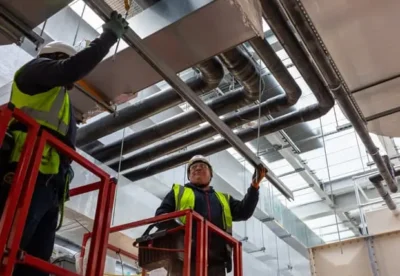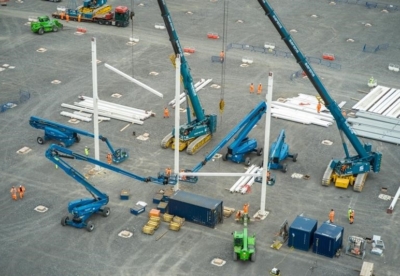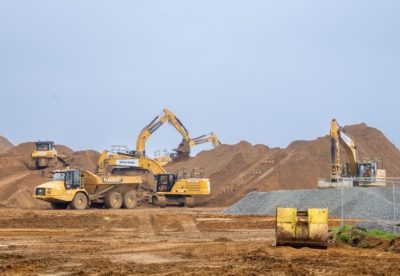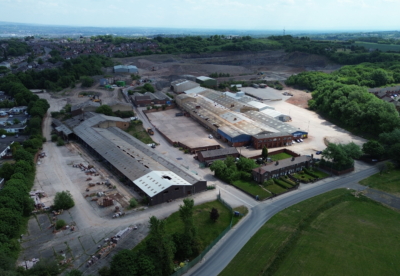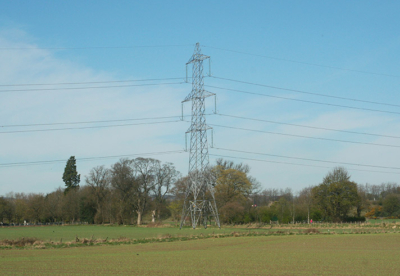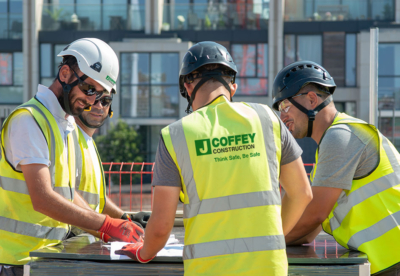The Association of British Insurers (ABI) commissioned the Fire Protection Association (FPA) to carry out research in the wake of the Grenfell tragedy.
The experiment recreated “more realistic building conditions than those in which the standard tests are done”.
The ABI said real-life factors overlooked by the current official testing regime include:
- Test fires which are only made up of wood. In modern blazes, around 20% of the materials involved are plastic.
- Cladding materials are sometimes tested as a sealed unit, whereas when fitted on a building they often include gaps, and cover a far more extensive area.
- Materials tested will be in manufacturer condition, but during their actual use will often be pierced by things such as vents or ducts.
The ABI called for an end to the use of all but non-combustible materials in construction in its submission to the Hackitt review.
It also demanded reform of the testing regime to replicates real world conditions to provide genuine evidence of how materials perform in a fire.
Huw Evans, Director General of the ABI, said: “Dame Judith Hackitt’s important work post-Grenfell has already recognised the building control system is broken.
“This latest research is yet more evidence that fundamental reform is needed to keep our homes and commercial premises safe from fire.
“It is a matter of urgency that we create the right testing regime that properly replicates real world conditions and keeps pace with building innovation and modern design.”
Jonathan O’Neill, Managing Director of the Fire Protection Association said: “The results of this important research confirm long-held concerns by many in the fire sector that the current cladding test standard requires urgent review to ensure that systems that pass are reflective of the systems that are installed and of the risks to which they are exposed.
“We urge BSI (British Standards Institution) to urgently reconvene the group responsible for this standard to consider the results of this research and to make changes to the standard as required.”
TESTS AND RESULTS
THE ISSUE: Test fires are only made up of wood. In modern blazes, around 20% of the materials involved are plastic.
Test 1: Two fires were created with the same energy content, one purely built out of wood, the other containing 20% plastic.
The results: The flames created by the fire containing plastic had a flame length around 1 metre longer than the wooden fire; the temperatures involved were 100 degrees hotter and still increasing when the plastic-containing fire had to be extinguished because it was exceeding lab safety conditions.
The implications: As well as the ability of the fire containing plastic to spread faster and create higher temperatures, building materials such as aluminium lose a lot of their strength at higher temperatures. A lot of cladding, including that used on Grenfell Tower, is made up of aluminium composite panels.
THE ISSUE: Cladding materials can be tested as a sealed unit, whereas when fitted on a building they often include gaps, and cover a far more extensive area.
Test 2: Fires were started at the bottom of three columns. One had no cladding or cover at all, the second had cladding fitted to create a void but with sealed edges and ends, the third was clad with a void, leaky sides and some ventilation at the top and bottom.
The results: Fire climbed 1.5 metres up the open face before burning out and self-extinguishing; the sealed cladding unit also saw fire climb a similar distance before it ran out of oxygen and self-extinguished; the unit where the cladding had gaps rapidly caught fire up the entire 6 metre height of the testing column.
The implications: The availability of oxygen makes a massive difference to how materials respond to fire. In well-ventilated voids, such as behind some cladding systems, the rate at which fire spreads can be greatly increased by a chimney effect. Any tests which restrict the availability of oxygen in a way that doesn’t happen on a full scale building will not be able to correctly assess how the materials will behave in practice.
THE ISSUE: Materials tested will be in manufacturer condition, but during their actual use will often be pierced by things such as vents or ducts
Test 3: A section of wall and cladding was set up with a plastic vent installed – a common feature – and a fire started beneath the structure.
The results: Temperatures inside the vent indicated it was providing an almost instantaneous route for fire directly into the void between the wall and cladding, long before the time it would take fire to break through the outside cladding panels.
Implications: Fire safety, particularly in high rise buildings, often relies upon assumptions about how long it will take fire to penetrate certain areas of the building. The presence of fittings such as vents can make a big difference to how materials perform and how a fire will spread, and needs to be realistically modelled in testing.





